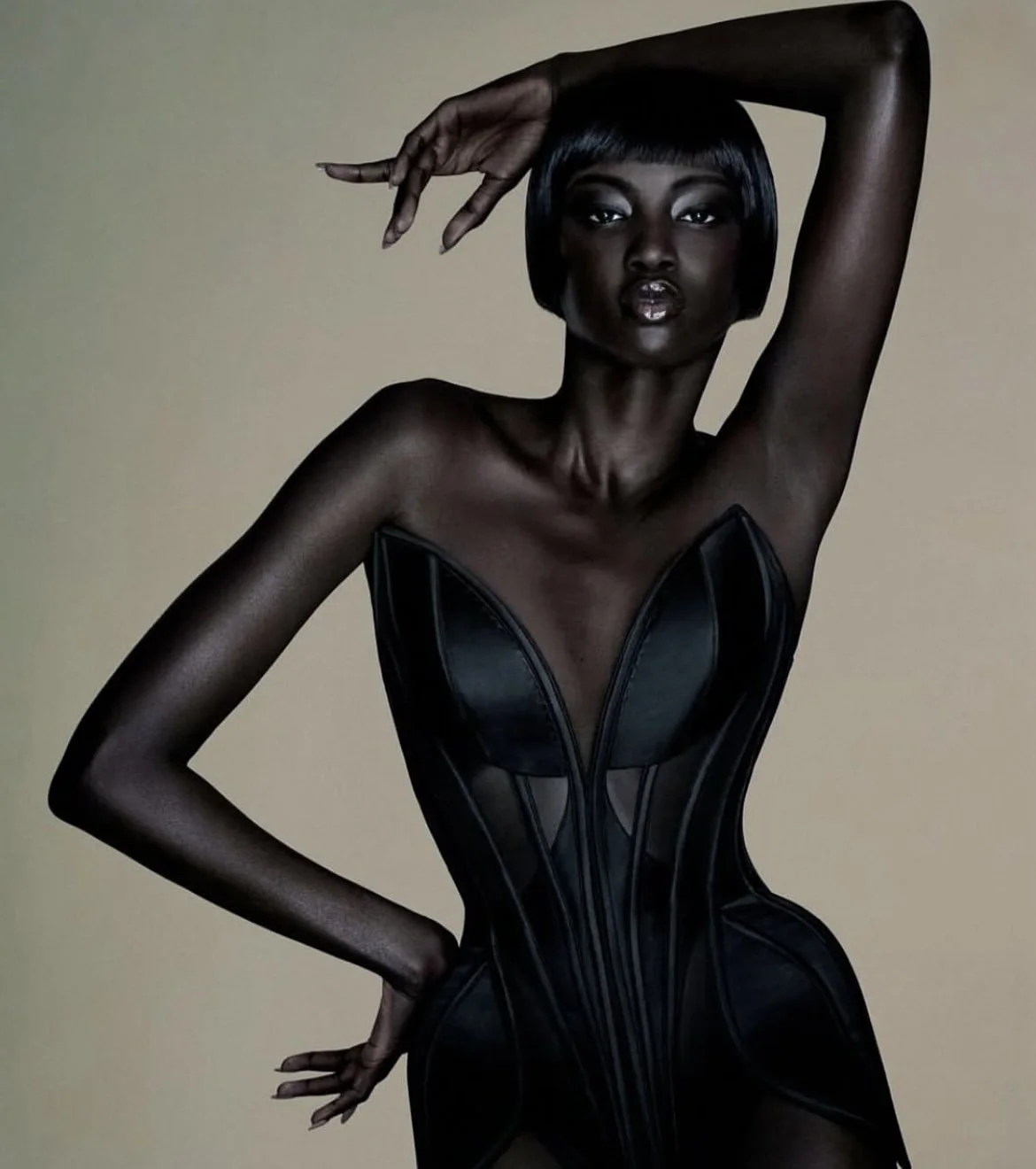The Illusion of Inclusivity in Fashion
The existence of colorism in Africa is quite puzzling. Long before colonialism, we existed within our different shades and tones with little, if any, conflicts arising due to our skin tones. However, colorism is something that seems to plague various regions on the continent, and therefore, it must be examined.
Colorism is one of the lingering remnants of colonialism. At its core is the belief that a lighter skin tone is more attractive and ultimately superior to darker skin. It’s simply a direct continuation of Western doctrines imposed on Africa.
In the fashion industry, colorism has played a central role in the portrayal of beauty. We’ve seen magazines, billboards, and fashion shows that mirrored the hierarchy that colorism posits. The hierarchy is characterized by light-skinned models being at the front and center, with dark-skinned models being the exception to the beauty standards set in place.
In recent years, the landscape has started to shift. Designers all over the world are showcasing more dark-skinned models. Runways in Lagos and Johannesburg are now increasingly spotlighting them. Aiming to reaffirm a simple truth, “dark skin is beautiful”.
But here’s the catch: representation can easily slip into performance, which brings us to tokenism. Tokenism occurs when someone is included merely to give the appearance of diversity. Imagine a runway where dozens of lighter-skinned models take center stage, while only two or three darker-skinned models appear, seemingly just enough to check the diversity box.
It’s also very easy for this to happen in the African fashion space without much suspicion because lighter skin does not equal whiteness. A show featuring mostly fair-skinned models alongside a handful of dark-skinned ones can still be portrayed as diverse.
Brands engage in this practice to position themselves as inclusive. They use it as a marketing strategy to appeal to their audience. It’s like they’re waving a placard with the writing “ Look at us, we think dark skin is beautiful, we’re different from the rest.” They do this without any understanding of representation.
Accurate representation is not just about sprinkling dark-skinned models into campaigns so people know that you’re inclusive. It is about casting models for their experience, their skill, and their ability to embody a brand’s vision. Anything less is to reduce inclusivity to a sales tactic. When profit becomes the goal, the severity of colorism is trivialized, reduced into a marketable trend.
Another important issue to address is the tone of certain campaigns, which can come across as patronizing. Perhaps that is not the perfect word to describe it, but let’s set the scene.
Some campaigns push themes like “You can be dark and beautiful”. Key word being “Can” as though beauty is a possibility that you have to convince yourself of, rather than a truth that already exists.
Of course, colorism exists, and reminders are important, especially for impressionable young audiences who need to see their skin tone represented. But when these narratives are framed like conditions that need to be justified instead of realities, they unintentionally reinforce the hierarchy they’re trying to dismantle.
Instead of justifying dark skin, campaigns should showcase it unapologetically and without any disclaimer. It should not come across as though convincing is necessary.
In conclusion, African fashion brands must move beyond inclusion as a performance. Dark-skinned representation should not be treated as a gesture of diversity but as the norm. That is the reality the industry must work towards.

